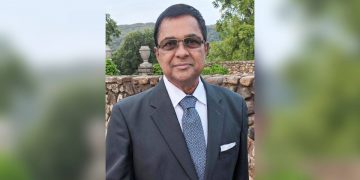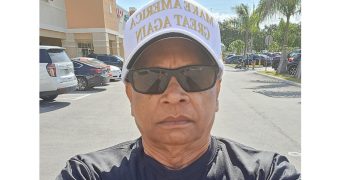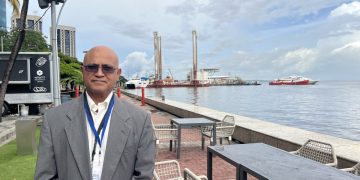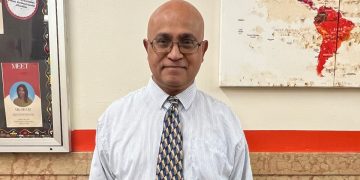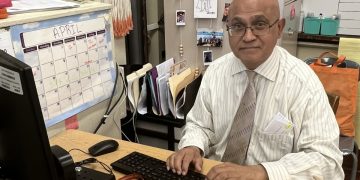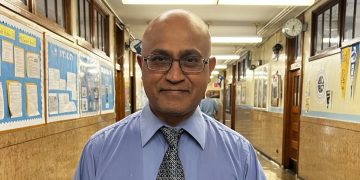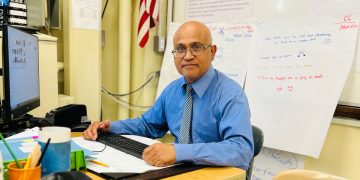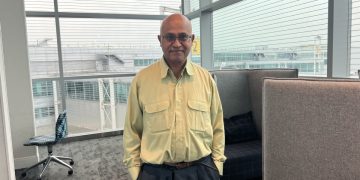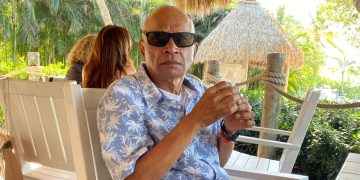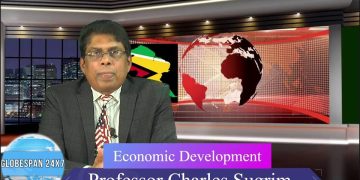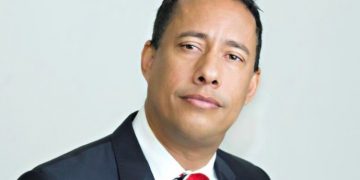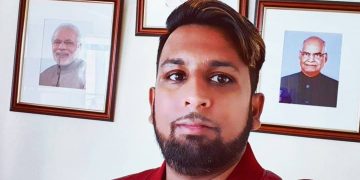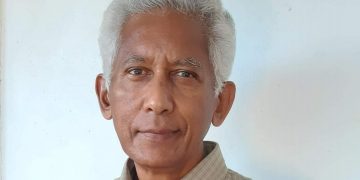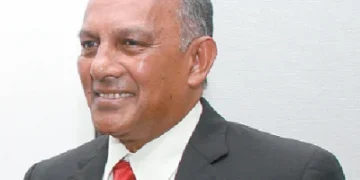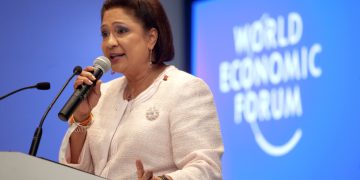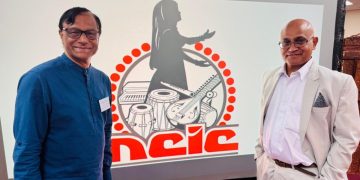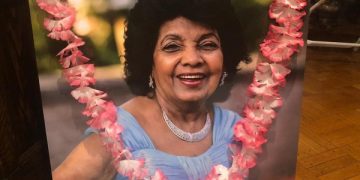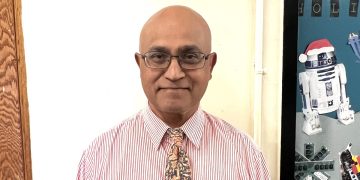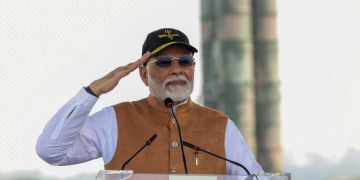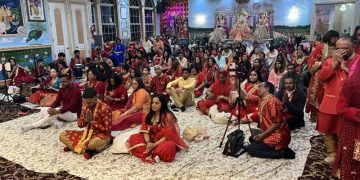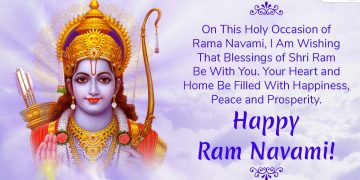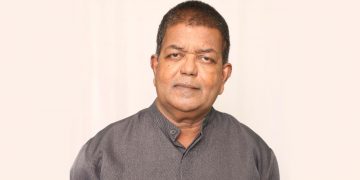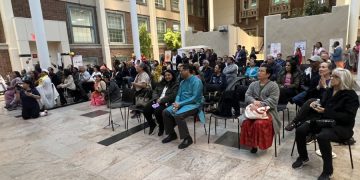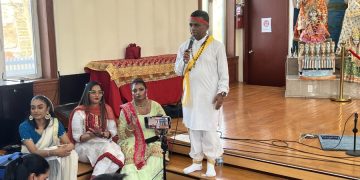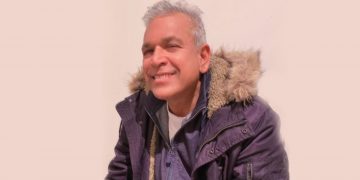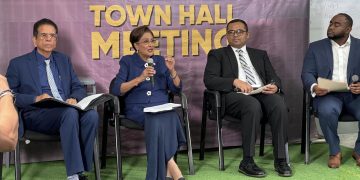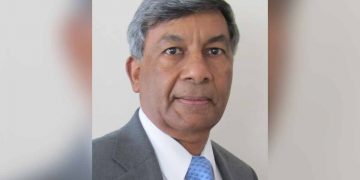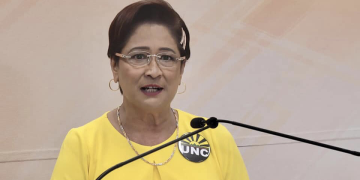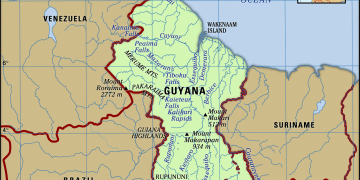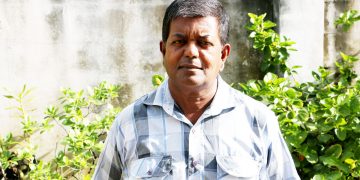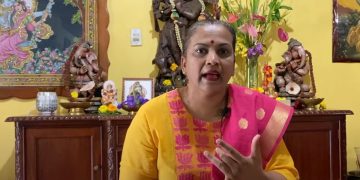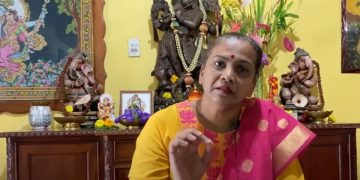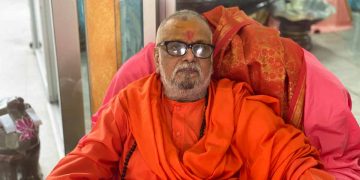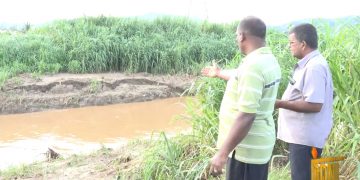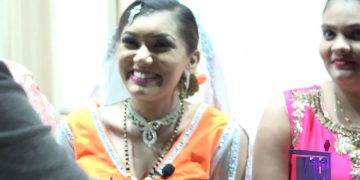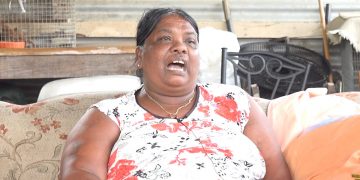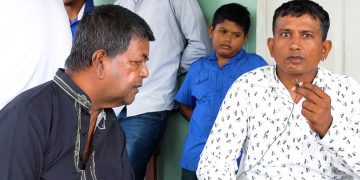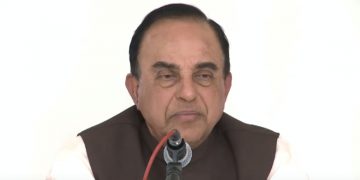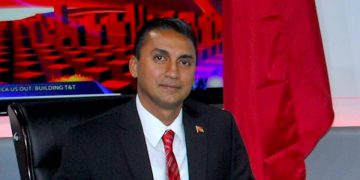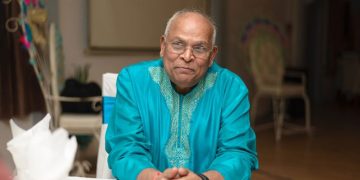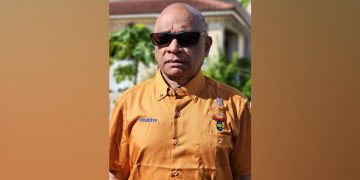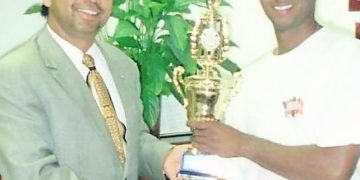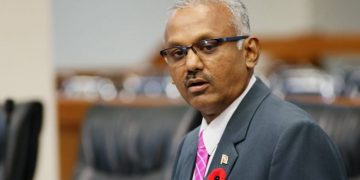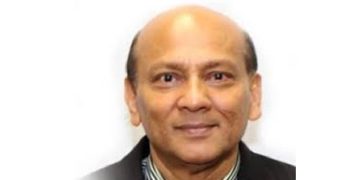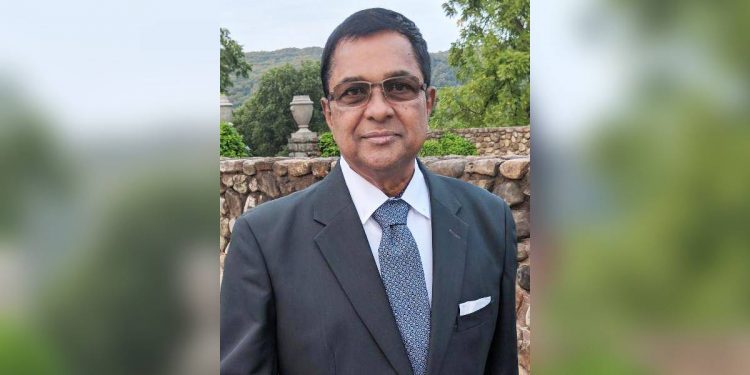Port-of-Spain: After 150 years of Indian Arrival, it was only in 1995, that the Government of Trinidad and Tobago opted to announce a day marking the first arrival of over East Indians here, May 30, 1845.
The Patrick Manning Government had announced that May 30, 1995, would be called Arrival Day, which was a one all day. In 1996, when Basdeo Panday came to the political throne, he feverishly announced that May 30 will be Indian Arrival Day which was to be etched in our national calendar. Despite earlier attempts by the Indian Revival and Reform Committee led by Ramdath Jagessar, the Hindu Seva Sangh with Dool Hanoomansingh and others, the Indian Review Committee led by Kamal, Persad and Ashram Maharaj, the Sanatan Dharma Maha Sabha, it was former Member of Parliament for Oropouche, Trevor Sudama who moved a motion in Parliament on October 28, 1994, to have Indian Arrival Day declared a national holiday annually.
And despite stiff opposition within the corridors of Parliament and in public opinion, Sudama successfully move the motion which was ably seconded by then MP for Caroni Central, Raymond Pallackdharrysingh.
Sudama in his presentation made a strong plea which was buttressed by philosophical and sociological data and facts so that he would have left no stone unturned. This he did with great clarity and maturity, and it was passed with contributions from Members of Parliament. One would imagine that the debate was a very emotional issue, and one had to look at the historical antecedents of the whole question of Indian Arrival, as was the case of the Chinese. Syrians, Africans, and Europeans coming here, each group singularly would have called for similar treatment. Sudama moaned that the motion to declare Indian Arrival Day a national holiday was on the Order Paper since 1989 but was only afforded the light of the day on October 28, 1994. Notwithstanding the fact, the then Prime Minister Dr Eric Williams had announced that both Divali and Eid would be public holidays from 1966, which was an election year. Later, then Prime Minister George Chambers announced in 1982 that Discovery Day, which was celebrated on the first Monday in August, was to be replaced by Emancipation Day on August 1. Both Prime Ministers had ignored the presence of the East Indians in Trinidad and Tobago.
It is worth remembering the spirited tone of Sudama when he piloted the motion saying that it must be accepted in the “spirit of light, in that spirit of seeking what is best for the nation, what is best for the people of Trinidad and Tobago, and indeed, of acknowledging the cultural and plural diversity of our society and where are as a nation today”.
“Madam Speaker (Occah Seepaul) we do not want to put the systems of indentureship and African slavery as counterposed; they are different systems; they are different historical experiences. The conditions under which the African slaves were brought in.”
Sudama must be congratulated for his incisive and straightforward presentation, which would serve as a reference point for any dialogue today or in the coming decades about the relevance of a public holiday to mark Indian Arrival Day in Trinidad and Tobago. Just in March 2017, the world community observed the centenary of the abolition of Indian indentureship, and Trinidad and Tobago was the venue for this historical observance as scores of notably former Prime Ministers, Presidents, Government Ministers, legislators, East Indian leaders, professionals among others gathered to discuss the past and the future role of the 33 million Indian diaspora membership in over 100 countries.
A nation is marked as to how it shows respect for its ethnic groups, and this means equal treatment for everyone, and one is reminded to paraphrase Dr Williams’ address to the nation on Independence Day in August 1962 that there is No Mother India, No Mother Africa, No Mother China, No Mother Lebanon, but the only Mother is Mother Trinidad and Tobago. And that a Mother cannot discriminate among their children. I think that it was in this vein that Sudama so brilliantly proposed that Indian Arrival Day becomes a national holiday.
The East Indians were brought here between the period 1845 to 1917, when in excess of 147,000, most of whom were devout Hindus who brought with the Ramayana, Gita, Mahabharat, the Puranas, Hanuman Chalisa, among several others, principally from Uttar Pradesh and Bihar, to rescue a dying agricultural economy, and their presence brought new hope and aspirations for the planters, and by extension the national economy. They brought with them new cuisine, jewellery, customs, habits, religion, culture, thoughts and way of life.
Today, the East Indian community has contributed significantly to the national well-being and prosperity as they are leaders in the professions, corporate sector, business, culture, diplomats, Central Bank Governor in the personality of Winston Dookeran, and politics. And the rest is history for we have had two Prime Ministers of East Indian extraction, namely Basdeo Panday and Kamla Persad-Bissessar.
The East Indian labourers ignited friendship between India and Trinidad and Tobago, despite their geographical distance. The East Indian laborers were brought here to contribute to British capitalism, and they worked hard, very hard and struggled with other ethnic groups for this country’s prosperity, and as well for political freedom and independence. Independence was not a one-party or one ethnic group affair, but rather it was a people’s consciousness blended with the different ethnic groups and peoples that made it happen.
Today friendship between India and Trinidad and Tobago continues to escalate to greater heights as the clock ticks, and one could decipher that it would continue to escalate in the coming years and decades, and even centuries.
As we observe the 177th anniversary of Indian Arrival Day, the 75th anniversary of India’s Independence, and our own 60th anniversary of our Independence, all of these factors make it compulsory for both countries to continue in this trend of friendship, of growth, and support in all the councils of the world’s geopolitical and economic groups.
Trinidad and Tobago have benefitted from India’s graciousness in terms of ITEC, and consultancies in various endeavours of economic, agricultural, and cultural cooperation. Aside from these initiatives, religion and culture continue to dominate the calendar of both countries. The Mahatma Gandhi Centre for Cultural Co-operation which was inked when India’s Indira Gandhi came here in October 1968, after 50 years, the project admirably enhances our architectural stock.
This is a first for any diplomat, more so, an Indian diplomat. then Indian High Commissioner, Shri Bishwadip Dey, had embarked on a unique foray of cultural diplomacy by visiting descendants of indentured labourers at their homes and presenting hampers. This must be viewed as a micro engagement initiative, and His Excellency must be publicly commended. Usually, diplomats are noted for presenting macro issues.
Dey told the media these elderly citizens have contributed not only to the development of Trinidad and Tobago but have played an important role in keeping family values alive and passing on cultural and religious practices from one generation to the next. He continued that there are also,” strong family ties in the homes visited were witnessed that love and devotion for the elderly.”
Dey added that as “senior members of society, the elderly have had an important guiding role for the local communities and form a historical link for Indian nationals of East Indian origin”, as India remains in all of us.
The High Commission of India shared in the pride of the Indo-Trinidadian community which remains justly proud of these elders who have carved out their lives through initial struggles in their adopted country With this trend of cooperation at several levels of governance, the foundation has been established for co-operation in future issues which face the world society, which India continues to play a dominant role, and for which Trinidad and Tobago would fully endorse.
HAPPY INDIAN ARRIVAL TO ALL THE PEOPLES OF TRINIDAD AND TOBAGO, MAY 30th, 2022.
By PARAS RAMOUTAR
